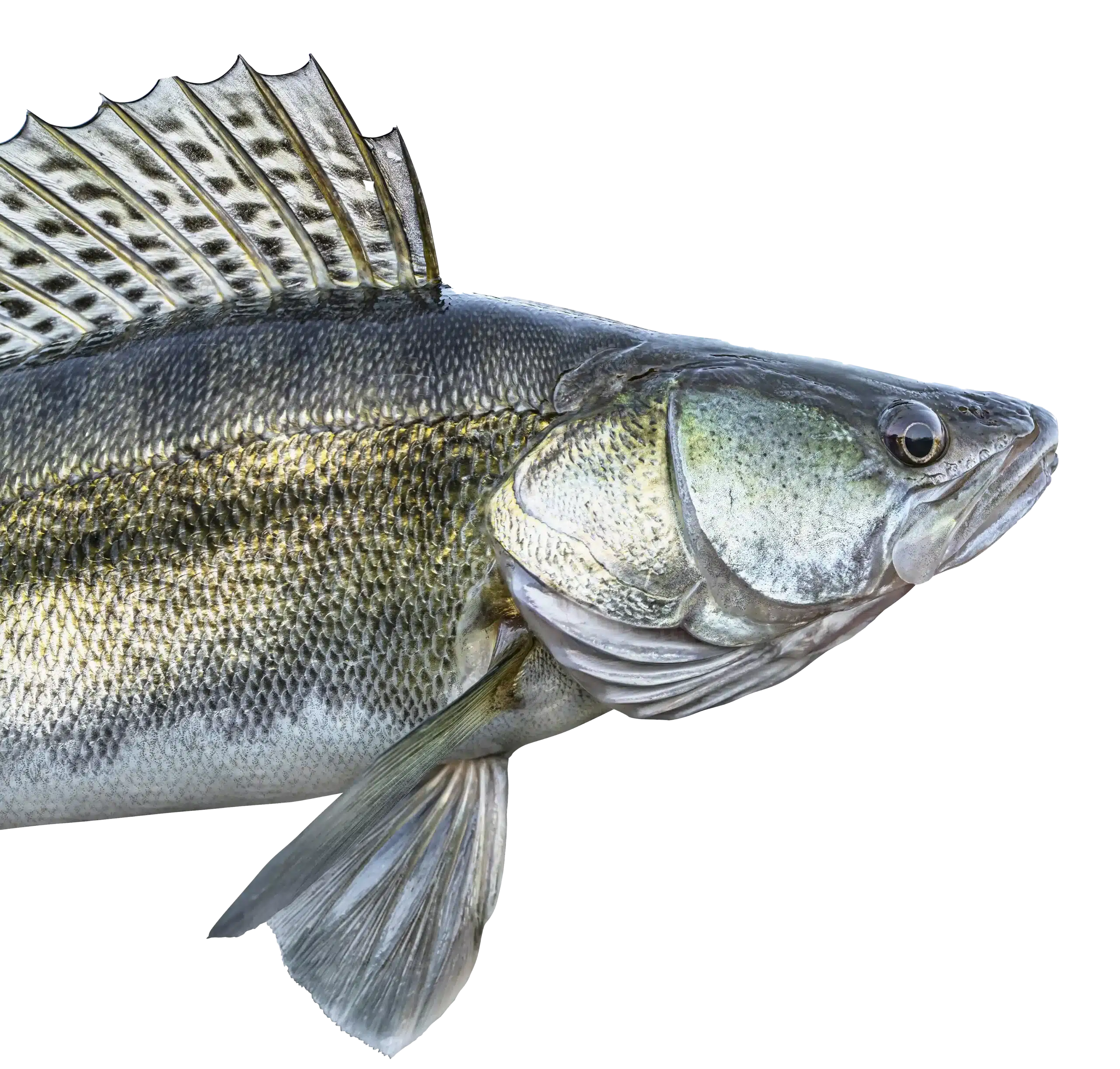
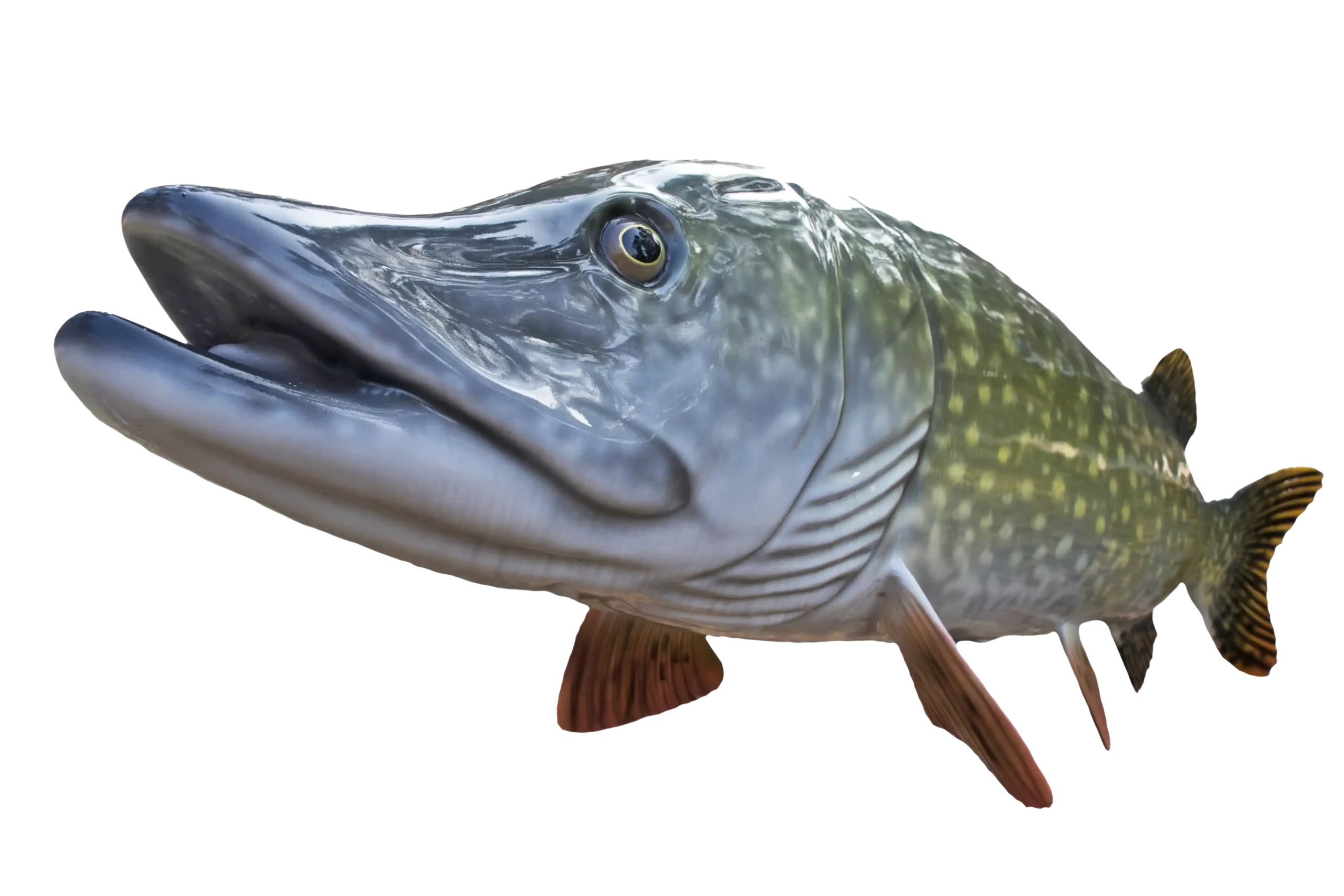
MTT. Minnesota Tournament Trail
NWT. National Walleye Tour
AIM. Angler’s Insight Marketing
Chili Bowl, Border View Lodge
Arnesen’s, Summer Tournament
River Bend Resort, Ladies tournament
Zippel Bay Resort, Northern Pike Tournament
AND MORE!
Lake of the Woods is known as being the Walleye Capital of the World™. Huge walleyes show up in this fishery, but none as big as Willie Walleye himself. This statue is the town icon and has had his picture taken more times than a person can mention. He stands boldly at the center of Baudette, MN, where passers-by can’t help but see him. Marking its territory, Willie overlooks its namesake park called “Willie Walleye Park” as well as Baudette Bay and the Rainy River.
Here’s some history:
Willie Walleye, the 40-foot, 2 ½ ton fish which came to symbolize the Lake of the Woods, originated
as Arnold F. Lund’s idea, an idea which he recommended to the Baudette Civic and Commerce
Association. With Mr. Lund doing much of the organizing for the project, the Civic and Commerce group
took the job of building the fish statue.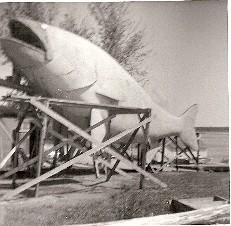
By April of 1958, Al Anderson had translated Lund’s idea into a blueprint, using as a model a 32-inch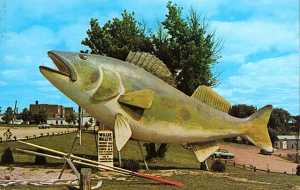
long, mounted walleye which was on display at Joe Farrell’s Hardware Store. Within a month the
concrete footings had been poured and work started on the frame. Walter C. Olson, assisted by his son,
David Olson, and Luverne Larson, had the difficult task of forming a frame of steel and wire mesh to the
shape of a walleye.
While Mr. Olson and his assistants were busy welding, cutting and welding some more, the Civic and
Commerce Association was trying to decide on a name for the fish. The first suggestions were Mr.
Walleye and King Walleye. It was decided to choose the name democratically and a ballot with five
names on it was printed in the Baudette Region. Wally, Walter and Willie were the additional names on
the ballot. After several weeks of voting, the name Willie won.
At about the same time, George Ayotte and his helper, Russell Halvorson, finished plastering the skin.
Dick Wilson had contracted to paint the statue, and the paint was applied the next spring. The statue
was dedicated during Walleye Days, June 19 and 20, 1959. *Credit to the Lake of the Woods County History Archives
Time and time again, Willie had to be refinished and that was getting to be a costly effort. It was decided by many members of a committee to replace the beloved concrete Willie with a new, maintenance free, fiberglass fish. What an event that was as the concrete Willie was demolished and the new Willie arriving by semi and put in place by huge cranes and a large audience. Willie Walleye, Baudette, Minnesota (roadsideamerica.com)
Funds for the new Willie were raised by numerous donations from organizations, fund raisers, and private donations. It was an endeavor that the whole county got involved in. Has anyone ever seen a huge 40 foot fish being hauled on a semi? Well, it was a site to behold.

Willie has such an incredible history that a few years ago people were asked to write the “true” story of how Willie came to live in the waters of Baudette Bay. Entries by the dozens came in and they are currently stored at the Lake of the Woods Historical Society. There’s no doubt that “he” is loved. Many town festivities and events occur each year at Willie Walleye hill. The biggest event held there is always the Fourth of July fireworks where thousands of people sit on the hill and observe this awesome display.
Why have a walleye as an icon for the town? Lake of the Woods has one of the healthiest fisheries in all of Minnesota. The primary catch each season is the walleye. The lake also hosts sauger (the walleye’s first cousin), perch, northern, smallmouth bass, sturgeon, muskie and eelpout or burbot. Fish are in abundance in this lake which is the largest fresh water lake in the contiguous United States next to the Great Lakes. It has 65,000 miles of shoreline and 14,000 islands. The large body of water is shared by both the United States and Canada.
So plan a trip now to the northern border of Minnesota where Willie Walleye watches over the town of Baudette with a watchful eye. He will then invite you to explore the great lake which he traveled freely all of those year before he became the Biggest Catch.
Link to the Lake of the Woods Historical Society.
Return back to Lake of the Woods Tourism Website.

